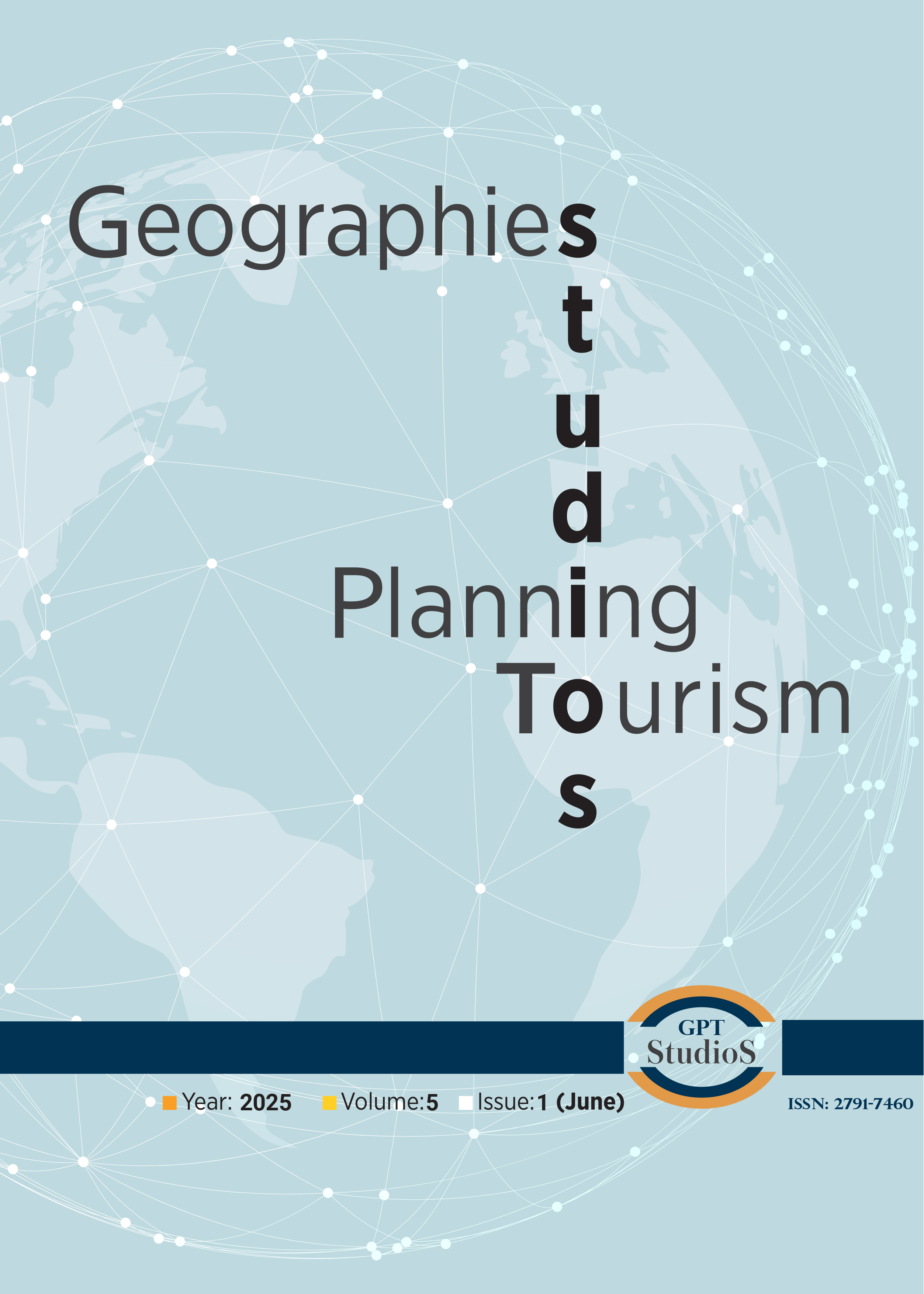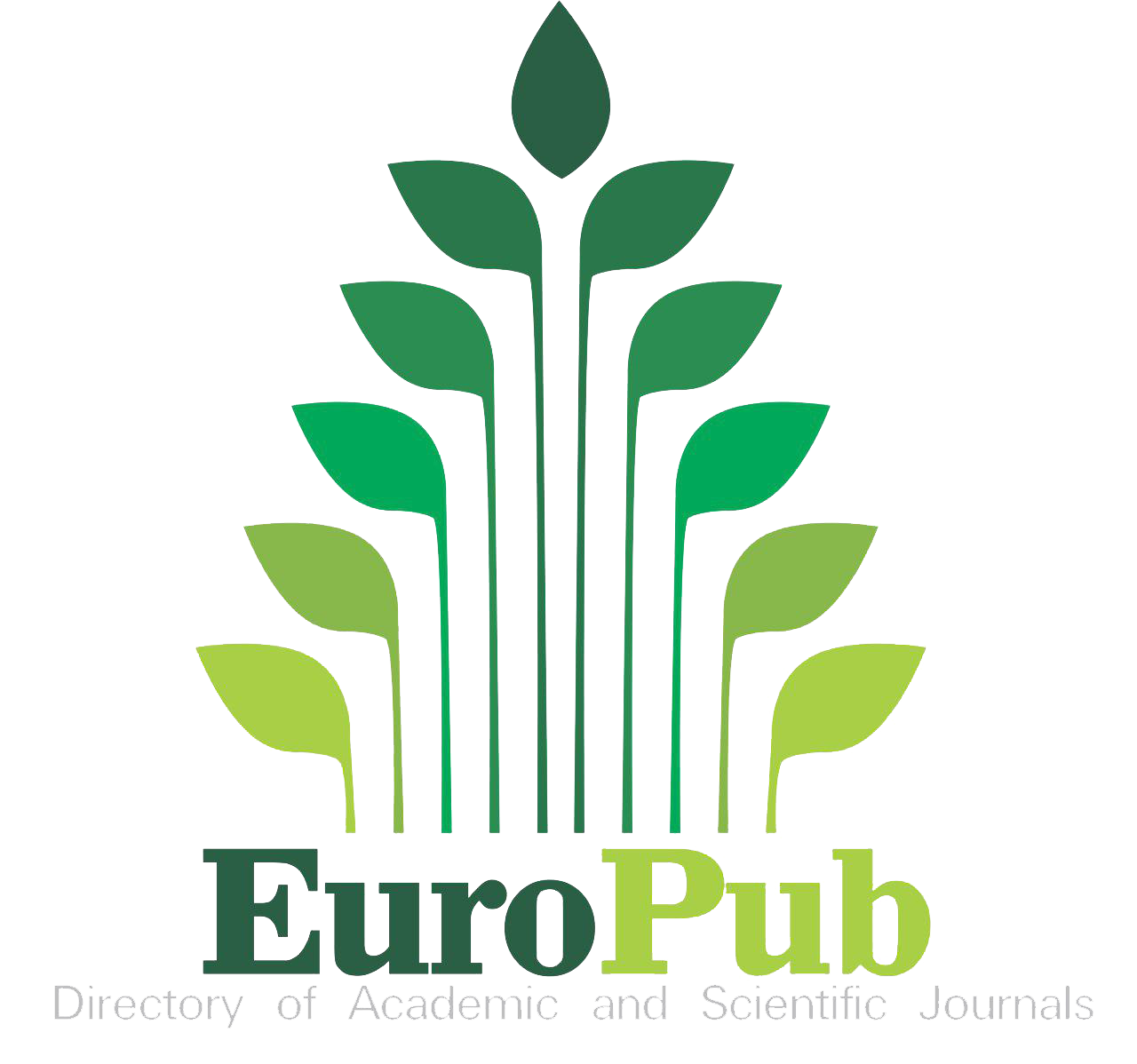
Articles are Open Access and Licensed under a Creative Commons Attribution-NonCommercial 4.0 International License.
An AHP-Based Multi-Criteria Model for Adaptive Reuse of Heritage Buildings
Münevver Özge BaltaDepartment of City and Regional Planning, Uþak University, Uþak, Turkey.Reusing heritage buildings requires solving complex decision-making problems. Many challenges of reusing heritage buildings can be modeled by the multi-criteria decision-making (MCDM) method. In this study, the Analytical Hierarchy Process (AHP) method which is one of the most commonly used MCDM methods was employed to optimize the assessment process of heritage building reuse that was examined in Aksaray, Turkey. A decision-making model was established by using a literature review. By the way, the priority order of the reuse alternatives of the heritage buildings was defined by an Analytical Hierarchy Process. Therefore, changes in factors of building features (design quality, number of rooms, building quality, garden plots, landscape), accessibility (accessibility of the main road; traditional city center; health care; tourism destination; cultural heritage), environmental value (commercial services, recreation, socialization, health care facilities, urban aesthetics) directly influenced the priority order of the historic building reuse alternatives. The results revealed that the most suitable reuse alternative of the heritage buildings was for community activity centers, museums, galleries, and boutique hotels. Adaptive reuse of heritage buildings should be provided through sustainable urban planning to adapt to potential changes in the built environment. This study can play a significant role in ensuring sustainable urban planning for the adaptive reuse of heritage buildings and also in guiding decision-makers.
Keywords: Heritage buildings, Multi Criteria Decision Making (MCDM), Analytic Hierarchy Process (AHP)Manuscript Language: English











